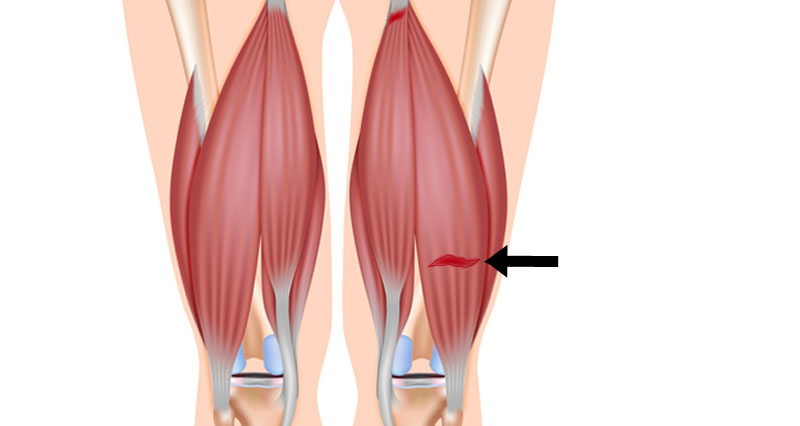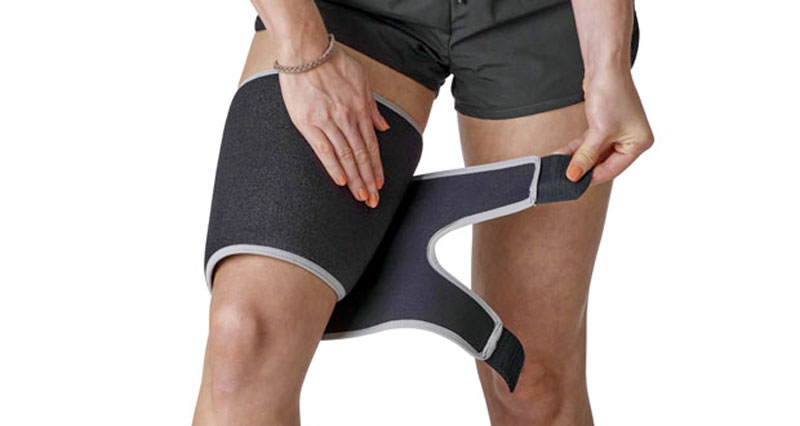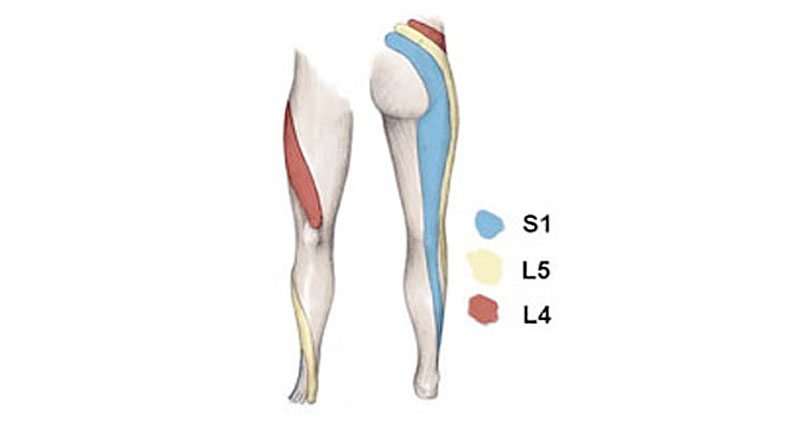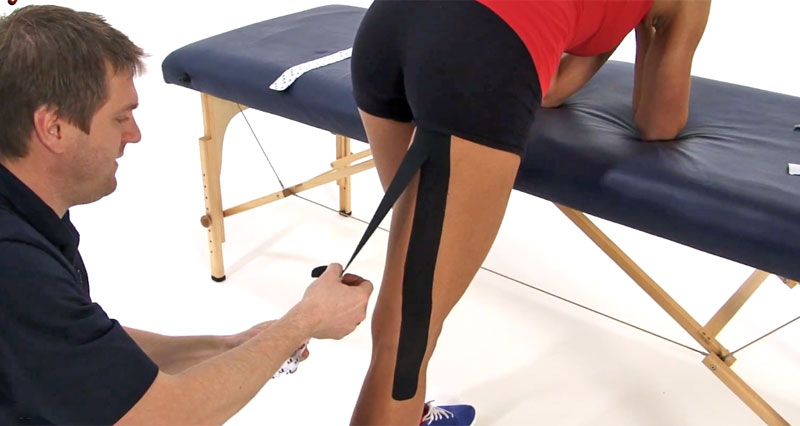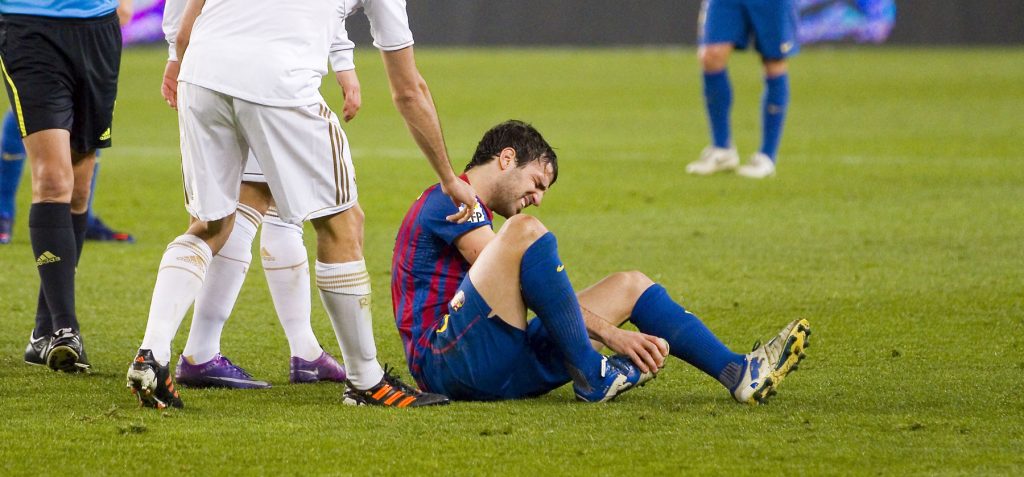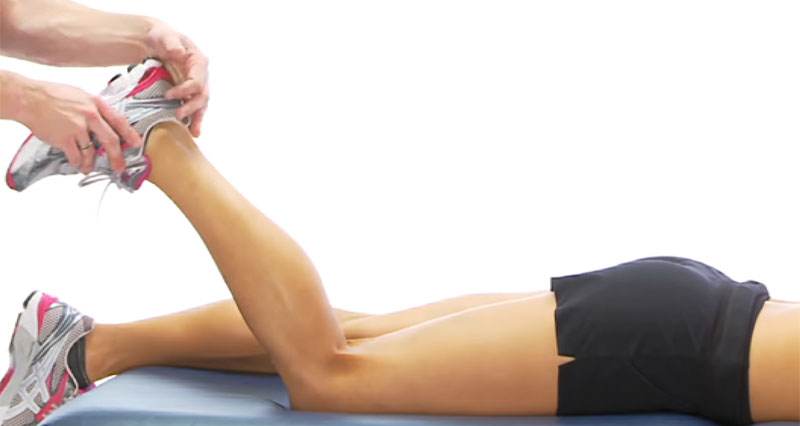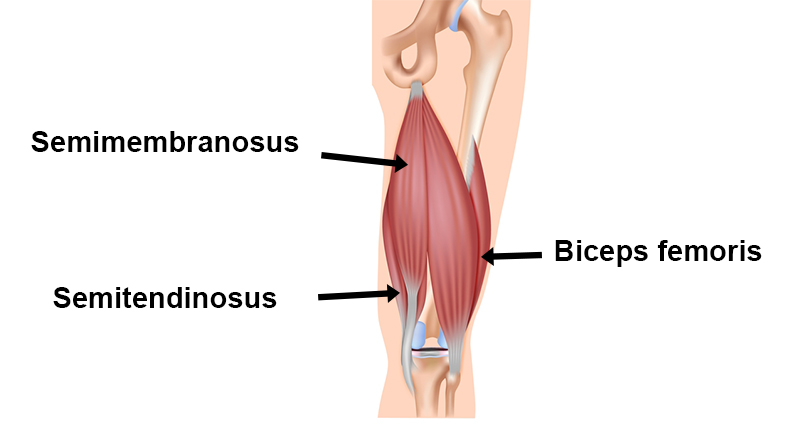Hamstring strains are strains graded 1, 2, or 3 depending on how bad they are. Your doctor or physio will perform some specific tests to help diagnose your pulled hamstring.
Medically reviewed by Dr Chaminda Goonetilleke, 10th Jan. 2022
How bad is my Hamstring strain?
Hamstring strains are graded 1,2 or 3 depending on how bad they are:
Grade 1
- You may have tightness at the back of the thigh, but will be able to walk normally without pain.
- When running, you will be aware of some discomfort and will be unable to operate at full speed.
- There will be little or no swelling.
- Trying to bend the knee against resistance is likely to reproduce mild pain, with possibly some weakness.
Grade 2
- Your gait (walking pattern) will be affected, and you will most likely be limping. You will feel a sudden twinge of pain during activity.
- You may notice some swelling.
- Pressing into (palpating) the hamstring muscle will be painful.
- Trying to bend the knee against resistance will also be painful and weak.
Grade 3
- A grade 3 hamstring strain is a severe injury involving a tear to the majority or all of the muscle.
- You may need crutches to walk and will feel severe pain and weakness in the muscle.
- Swelling will develop rapidly and bruising will usually appear within 24 hours.
- Seek medical attention urgently if you suspect a severe grade 2 or 3 injury.
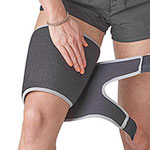
Buy Thigh Supports
Hamstring strain assessment (video)
These include the straight leg raise (also called Lasègue test), resisted knee flexion, and the slump test.
For more severe hamstring tears an MRI scan can help determine the exact location and extent of the injury. This will enable them to give a more accurate prognosis and estimate, of recovery time.
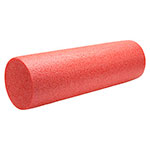
Foam Rollers

